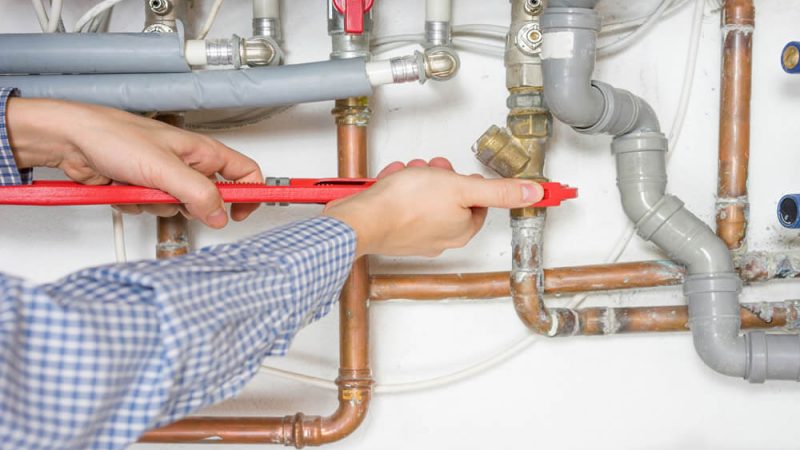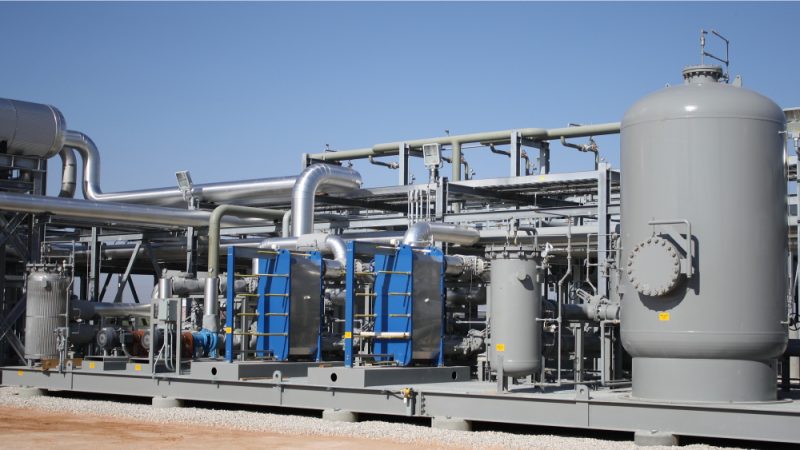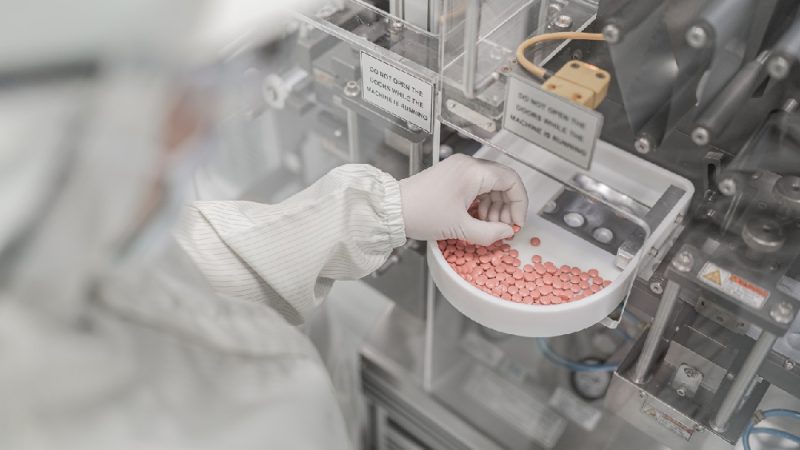After the Dust: Singapore’s Post-Build Cleaning Revolution

The moment arrives when builders depart, and silence replaces the symphony of construction, yet what emerges is not the immaculate space of your imagination, but a landscape requiring cleaning services after renovation in Singapore to bridge the chasm between completion and true habitability.
The Archaeology of Improvement
Every renovation tells a story written in dust, debris, and the curious residues that construction inevitably leaves behind. These materials represent more than mere inconvenience; they constitute a language of transformation that requires careful translation through systematic cleaning processes.
In Singapore’s climate, where humidity meets urban density, the aftermath of renovation presents unique challenges. The tropical environment creates conditions where construction particles behave differently than in temperate climates, adhering with particular tenacity to surfaces and infiltrating spaces in ways that demand specialised understanding.
The Invisible Burden
What appears as surface-level disruption often extends far deeper into the infrastructure of daily life. Post-renovation cleaning services must address contamination that exists beyond the visible spectrum, particles that have travelled through ventilation systems, settled into electrical fixtures, and embedded themselves within the very fabric of the renewed space.
The distinction between routine cleaning and post-construction restoration lies in this hidden dimension. As one experienced professional observed, “What people see represents perhaps thirty per cent of what requires attention. The real work happens in the spaces between spaces, where construction dust creates its ecosystem.”
Methodological Considerations
Professional cleaning after renovation in Singapore begins with a comprehensive evaluation. This diagnostic phase identifies not merely what requires cleaning, but how different materials and surfaces will respond to various cleaning methodologies.
The assessment considers:
- Material compatibility: Understanding which cleaning agents complement rather than compromise new finishes
- Contamination patterns: Mapping how construction activities have distributed debris throughout the space
- Environmental factors: Accounting for Singapore’s humidity and its impact on cleaning processes
- Timing sequences: Determining optimal order for cleaning activities to prevent re-contamination
Systematic Decontamination
The first phase addresses obvious remnants whilst protecting newly installed features. This stage requires a delicate balance, removing construction detritus without disturbing fresh installations or protective finishes.
Professional teams understand that haste at this stage creates complications later. Each surface demands individual consideration, each material its approach.
Deep Cleansing Protocols
This phase targets embedded contamination through specialised techniques:
- Ventilation system purification: Removing particles that continue circulating and redepositing
- Surface restoration: Addressing adhesive residues, protective film removal, and chemical deposits
- Fixture detailing: Cleaning new installations of manufacturing residues and installation debris
- Protective coating removal: Safely eliminating temporary protection without damaging underlying surfaces
Cultural Dimensions of Cleanliness
Singapore’s multicultural society brings diverse perspectives to post-renovation cleaning. Different communities approach the transition from construction to habitation with varying rituals and expectations. Some view thorough cleaning as essential for positive energy flow, others as a practical necessity for health and functionality.
Professional renovation cleaning services in Singapore navigate these cultural nuances, understanding that their work extends beyond mere sanitation to encompass the psychological comfort that comes with truly clean spaces.
The Economics of Professional Intervention
Whilst the motivated homeowner might consider self-management, several factors argue persuasively for professional services. Specialised equipment, industrial-grade filtration systems, targeted cleaning solutions, and precision tools represent a significant investment for single-use applications.
Moreover, the learning curve for effective post-renovation cleaning proves surprisingly steep. As one industry specialist noted: “Homeowners often underestimate the complexity involved. What appears straightforward frequently requires knowledge accumulated over years of addressing similar challenges.”
Time and Efficiency Calculations
Professional services typically complete comprehensive cleaning within one to three days, depending on project scope. This efficiency stems from systematic approaches, appropriate equipment, and teams trained in post-construction protocols.
DIY approaches often extend across weeks, with repeated cleaning cycles as particles continue settling from disturbed areas. The opportunity cost of extended cleaning periods often exceeds professional service fees when calculated against lost time and repeated effort.
Singapore-Specific Challenges
Climate Adaptation
Singapore’s equatorial climate creates distinctive cleaning requirements. High humidity can cause traditional cleaning solutions to behave unpredictably, whilst frequent temperature transitions between climate-controlled interiors and tropical exteriors create condensation patterns that trap particles.
Professional teams adjust methodologies accordingly, selecting cleaning agents and timing processes to accommodate climatic realities rather than fighting against them.
Urban Density Considerations
Singapore’s compact living arrangements mean renovation cleaning affects more than individual units. Shared ventilation systems, common corridors, and proximity to neighbours require cleaning approaches that consider community impact alongside personal requirements.
The Philosophy of Restoration
Post-renovation cleaning represents more than a practical necessity; it constitutes a ritual of transformation, marking the transition from construction chaos to domestic order. This process carries psychological significance, creating the conditions necessary for inhabitants to claim ownership of transformed spaces.
The careful removal of construction traces allows the renewed space to reveal its intended character, much as archaeological excavation reveals historical layers through methodical debris removal.
Investment in Transformation
Quality post-renovation cleaning protects significant renovation investments whilst enabling immediate enjoyment of transformed spaces. This protection extends beyond aesthetic considerations to encompass warranty preservation and long-term maintenance efficiency.
When construction concludes and vision becomes reality, the journey toward enjoying your renewed environment begins with selecting appropriate cleaning services after renovation in Singapore.







